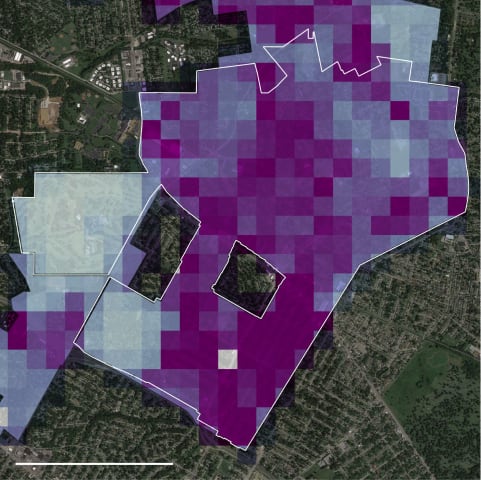CSETv1 分類法のクラス
分類法の詳細Incident Number
76
CSETv0 分類法のクラス
分類法の詳細Problem Nature
Specification, Robustness
Physical System
Software only, Other:CCTV Cameras
Level of Autonomy
Medium
Nature of End User
Amateur
Public Sector Deployment
Yes
Data Inputs
photo IDs, names birthdays, and national IDs of people suspected of crimes, camera feed
Risk Subdomain
2.1. Compromise of privacy by obtaining, leaking or correctly inferring sensitive information
Risk Domain
- Privacy & Security
Entity
AI
Timing
Post-deployment
Intent
Intentional
インシデントレポート
レポートタイムライン

In a national database in Argentina, tens of thousands of entries detail the names, birthdays, and national IDs of people suspected of crimes. The database, known as the Consulta Nacional de Rebeldías y Capturas (National Register of Fugiti…
バリアント
よく似たインシデント
Did our AI mess up? Flag the unrelated incidents
よく似たインシデント
Did our AI mess up? Flag the unrelated incidents



